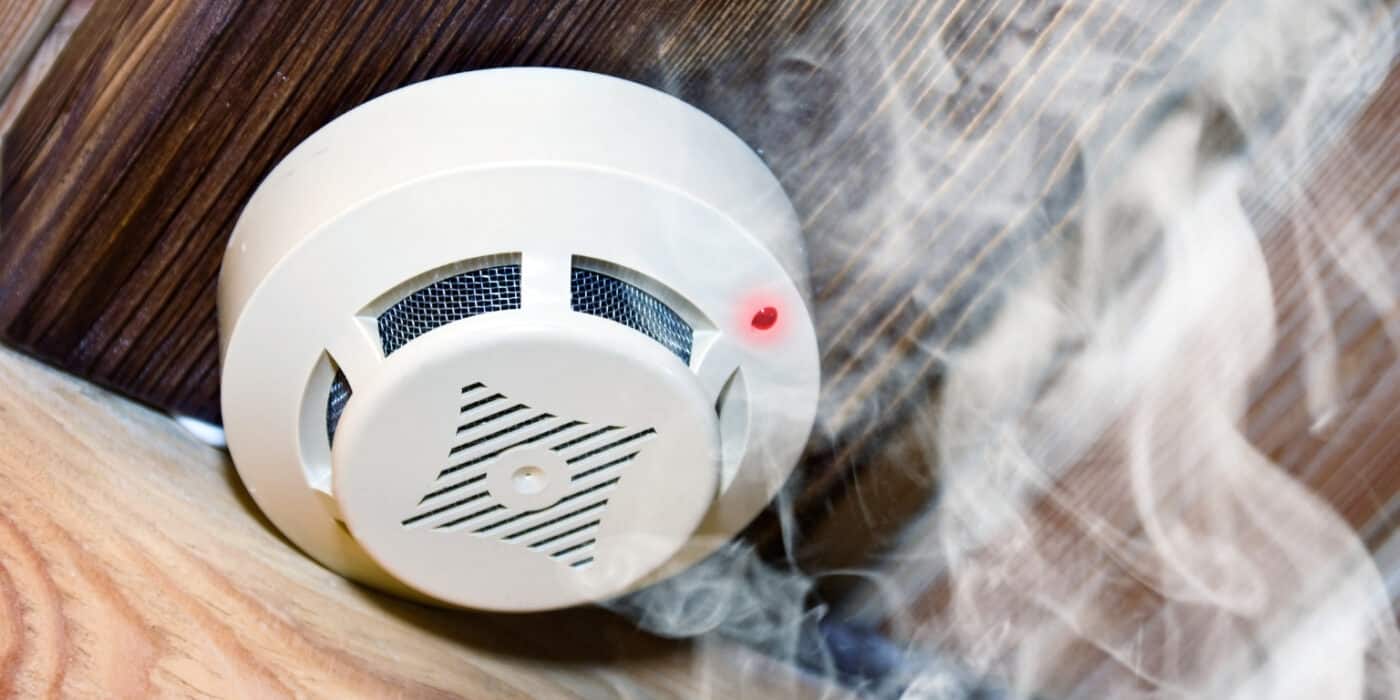
Smoke Detector Types
December 15, 2020
Did you know that there are two different types of smoke detectors? Each sense smoke differently, so it’s important to know the difference and what you have protecting your home.
Ionization smoke detectors are typically more reactive to fires with aggressive, open flames.
How they work: Ionization-type smoke alarms have a small amount of radioactive material between two electrically charged plates, which ionizes the air and causes current to flow between the plates. When smoke enters the chamber, it disrupts the flow of ions, thus reducing the flow of current and activating the alarm. [NFPA]
Photoelectric smoke detectors are typically more reactive to fires that smolder.
How they work: Photoelectric-type alarms aim a light source into a sensing chamber at an angle away from the sensor. When smoke enters the chamber, it reflects light onto the light sensor and triggers the alarm. [NFPA]
Additional smoke detector tips:
- Smoke detectors should be installed and in good working order on every level of your home, including basements, and one in each bedroom.
- There are two different types of power supplies for detectors, too: hard-wired and battery operated. Battery operated detectors rely solely on the battery for a power source, whereas hard-wired detectors are wired into your home’s electrical supply (and/or security system). They also have a back-up battery should your home lose electricity.
- When changing out the batteries on your detectors, write the date on the battery with a permanent marker. This will help you remember the last date you changed them. Don’t neglect your hard-wired detectors, as you’ll want the back-up protection should your electricity go out.
- Smoke alarms are inexpensive, so for best protection, it is recommended that homeowners install both kinds of alarms.